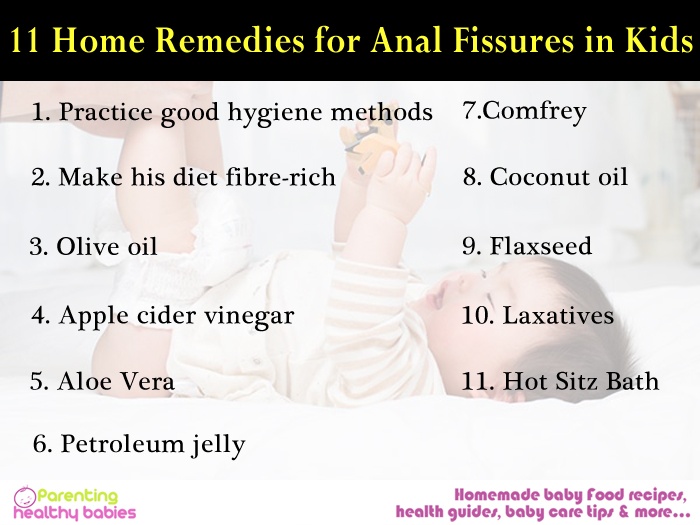If you child has epilepsy, it is important that you know the many treatment methods to keep the seizures under control. Many kids grow out of it as they get older. However, it is important that epilepsy is treated without neglect.
Read More: Alopecia in Children: Sign, Symptoms and Treatment
Ways to Treat Epilepsy in Children
The human brain is a network of infinite neurons or nerve cells. These cells communicate with each other using electric impulses. However, this seamless form of communication breaks down when some of these cells send electric signals simultaneously, resulting in epilepsy. This abnormal spike in intensive electric activity overtakes the brain, causing a seizure. At such a time, the brain stops functioning and the person faints.
How to treat epilepsy: There are several ways to treat epilepsy in children, such as:
Medication
The first step to treat epilepsy is medication. However, just as it’s important to note that epilepsy is a complex medical condition, it is equally important to note that each child is different, so his response to the treatment may not be uniform, so this means that there isn’t any one treatment for this condition.
Seizure-prevention drugs
The medical world has taken great strides, so today we have several seizure-prevention drugs, better known as anti-epilepsy drugs (AEDs) or anticonvulsants. However, only by trial and error can a doctor find the best one that would work for his little patient. Though these drugs are limited in changing the brain’s underlying proneness to make seizures happen, they treat just the symptoms of epilepsy by reducing seizure frequency.
In case medication does not work well, there are other options, such as:
Brain surgery
If kids don’t respond to epilepsy medication, they can be considered for brain surgery. These kids should have symptoms like persistent, uncontrollable and several seizures that are displayed even after trying out two or three anti-seizure drugs. In this surgery, the part of the brain causing the seizures is removed. Kids requiring this surgery will need to undergo specialized tests to locate the exact spot of seizures.
Ketogenic diet
The ketogenic diet has proved to be effective for some epileptic children.Its founding principle is that by depriving the body of carbohydrates, the body releases a certain type of blood chemicals called ketones which have the power to prevent seizures.
This diet consists of fat. In fact, the ratio of fats to carbs and proteins is 4:1. The fat to be ingested is typically mayonnaise, cream or butter or such foods. The child’s food must be weighed and the ratio of nutrients calculated for every meal, including the child’s medication. In order that the child experiences some relief from this condition, strict compliance to the diet is demanded.
Parents shouldn’t try to start their kids on this diet without consulting the doctor. In fact, it should be supervised by an experienced dietician in an Epilepsy Center. After a child is on the diet, it should be closely monitored by the dietician and doctor to ensure that he gets all that is needed and his seizures are reducing, as a result. Children are usually kept on this diet for two years when they improve to a great extent.
However, children often don’t like these foods, nor do they like their diet to be restricted to these. As a result, they end up eating foods they shouldn’t. Families too might find cooking separate food for this one child to be burdensome. This diet is typically low in fibre content, causing children to suffer with constipation. Lastly, kids on this diet have proved to have an increased risk of kidney stones.
Vagus Nerve Stimulation (VNS)
The vagus nerves are two large nerves, situated in the neck. Stimulating the left vagus nerve intermittently with electrical pulses can reduce the frequency of seizures among kids. For this, the doctor will surgically implant a small stimulator or pacemaker below the surface of the skin in the left upper part of the chest. It is attached to a wire and tied around the vagus nerve in the neck. Using this method reduces seizures among kids by about 50%. It can be safely administered to kids above 12 years, though it is also used for younger children.
Duration of treatment
If a child does not report a seizure for a few years consecutively while on any of the above-mentioned treatments, he could be advised to stop taking it. However, stopping any medication should be recommended only by a doctor.
Conclusion
As a parent, it might be difficult to be reassured that treatment for your child’s condition is near at hand. But the fact is that there are several kinds of effective treatment that can set your child right over time and with persistence. So, be patient.
Resources:
https://www.uptodate.com/contents/treatment-of-seizures-in-children-beyond-the-basics
https://www.healthychildren.org/English/health-issues/conditions/head-neck-nervous-system/Pages/Epilepsy-in-Children-Diagnosis-Treatment.aspx













